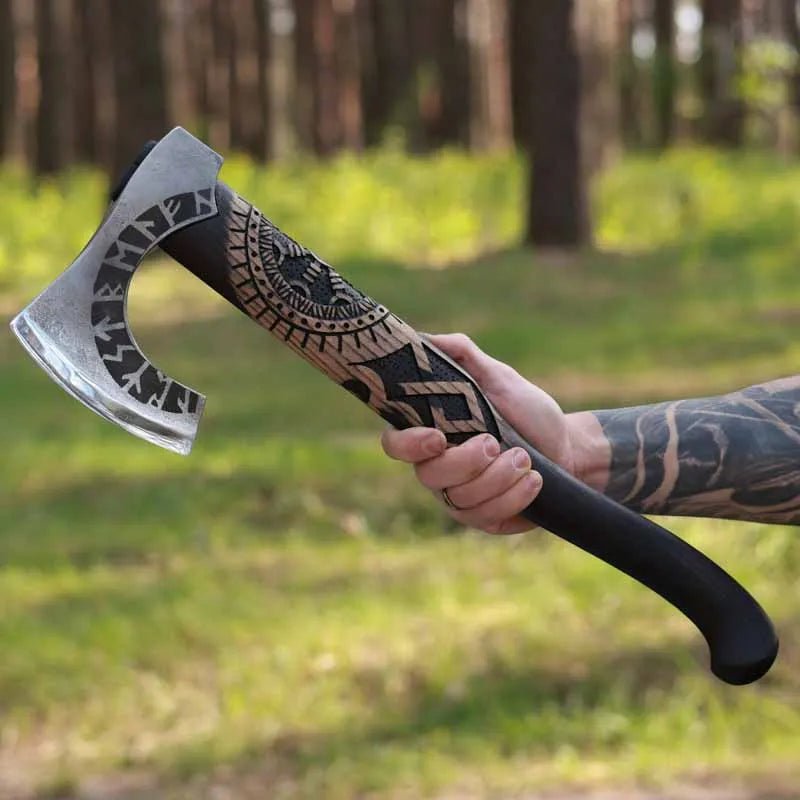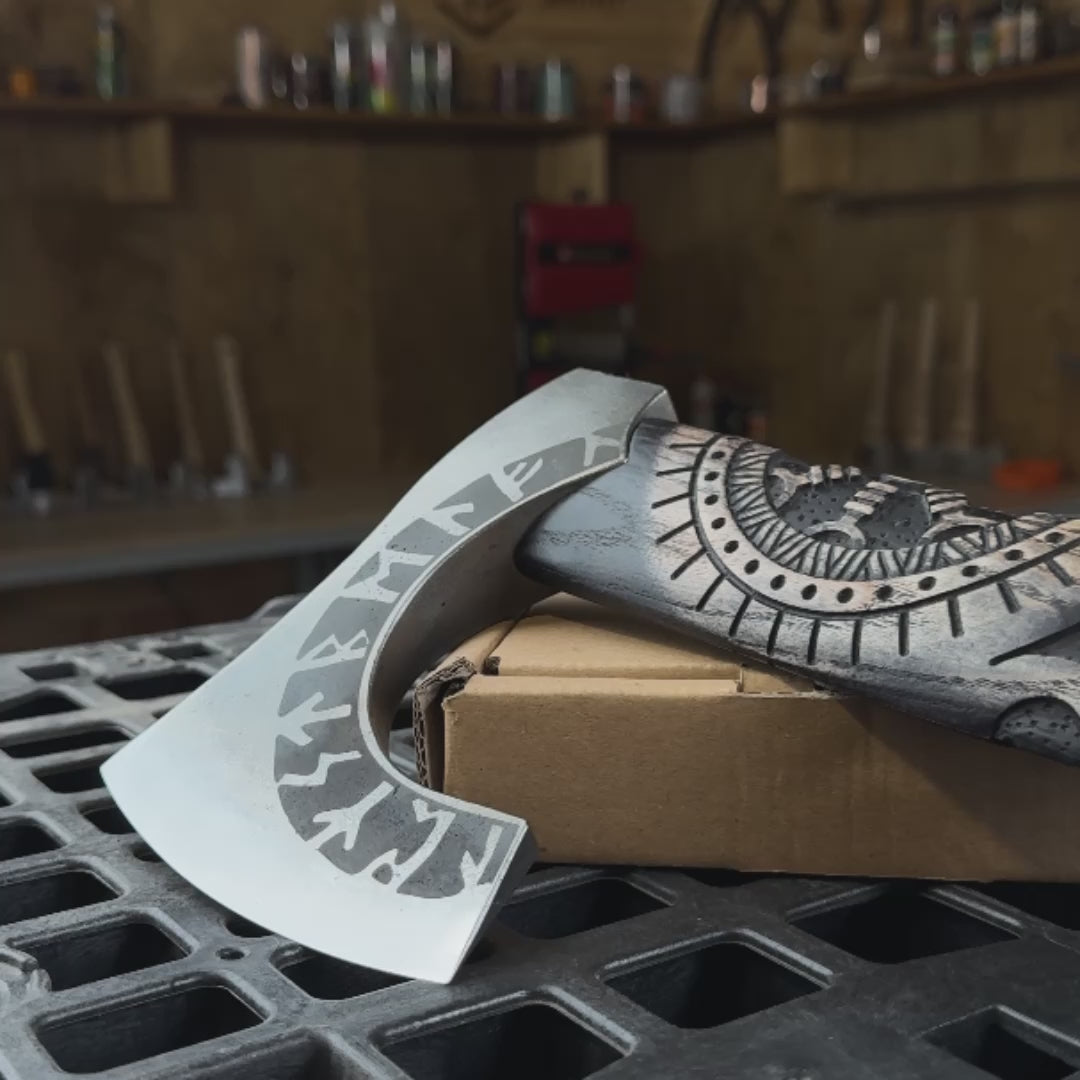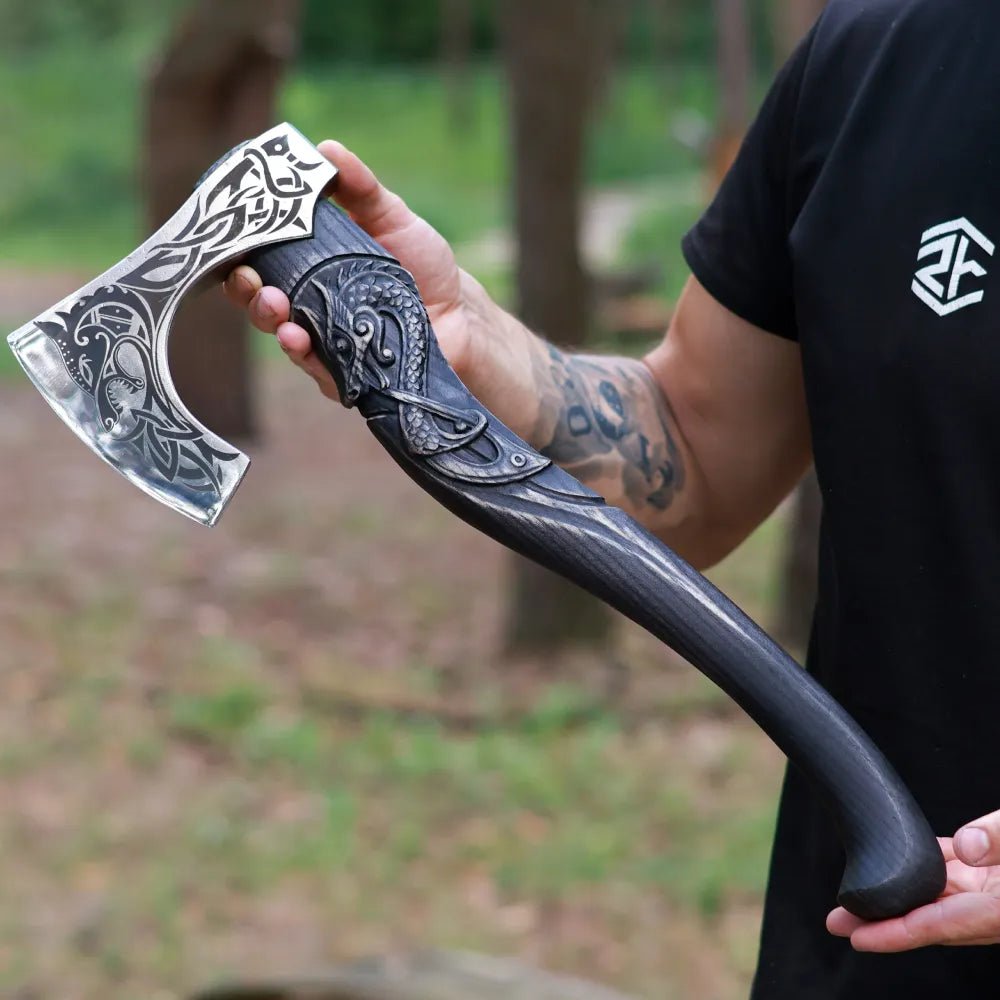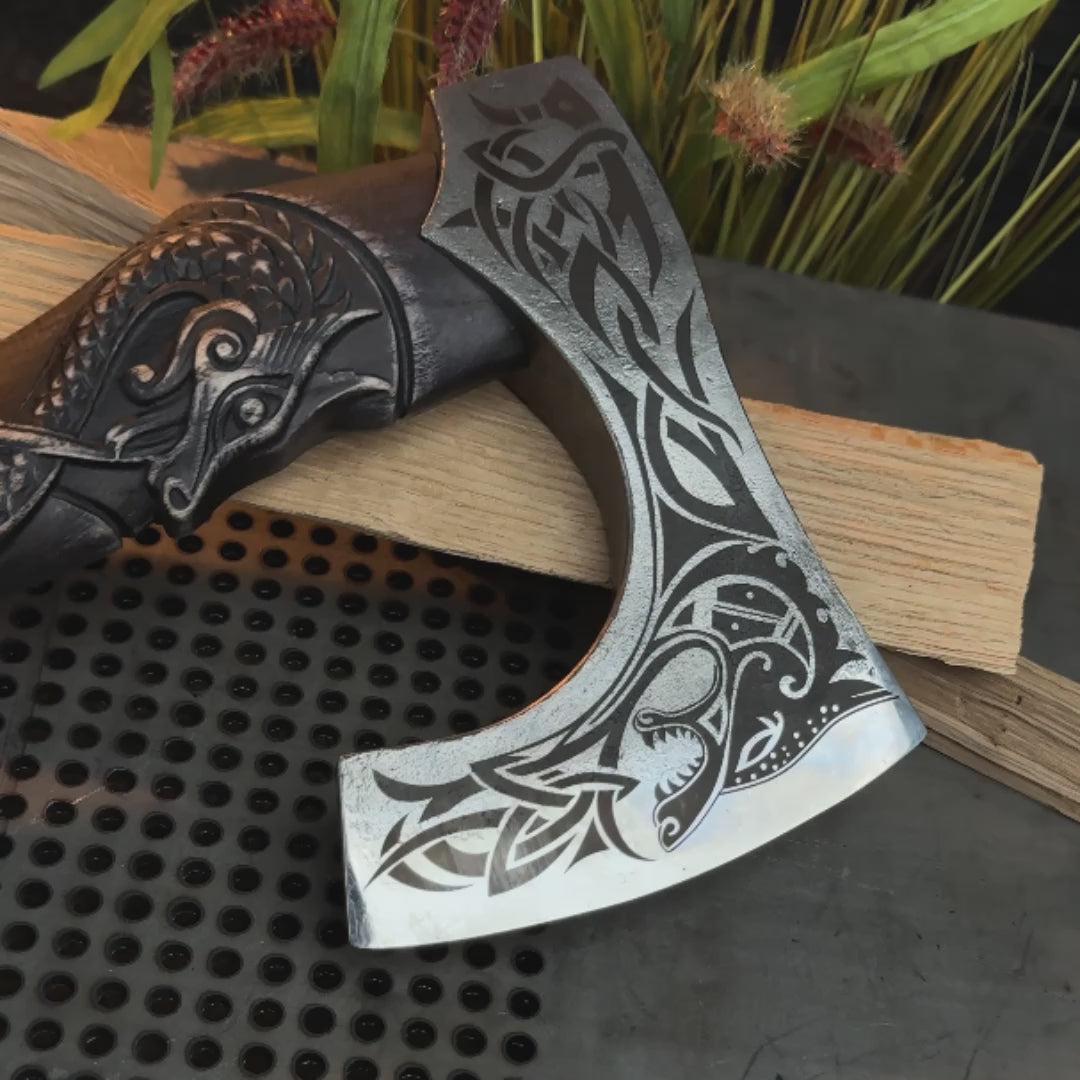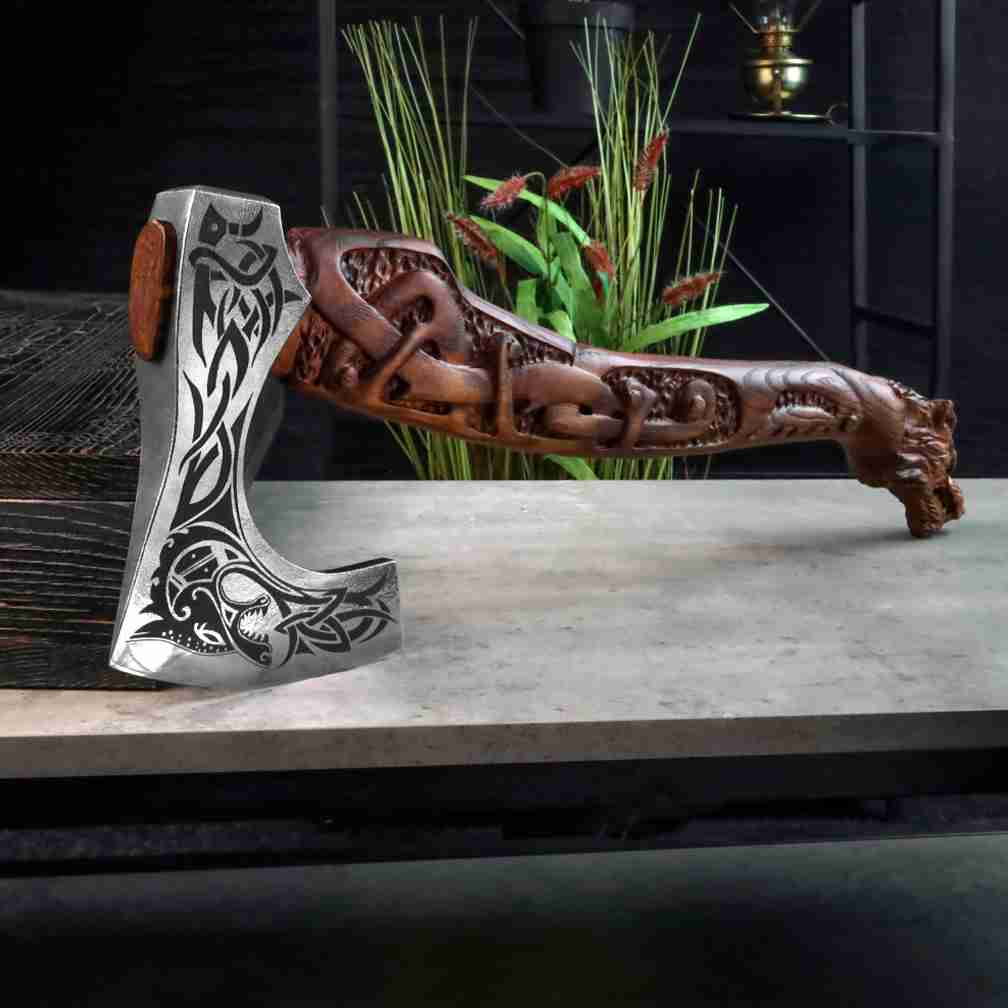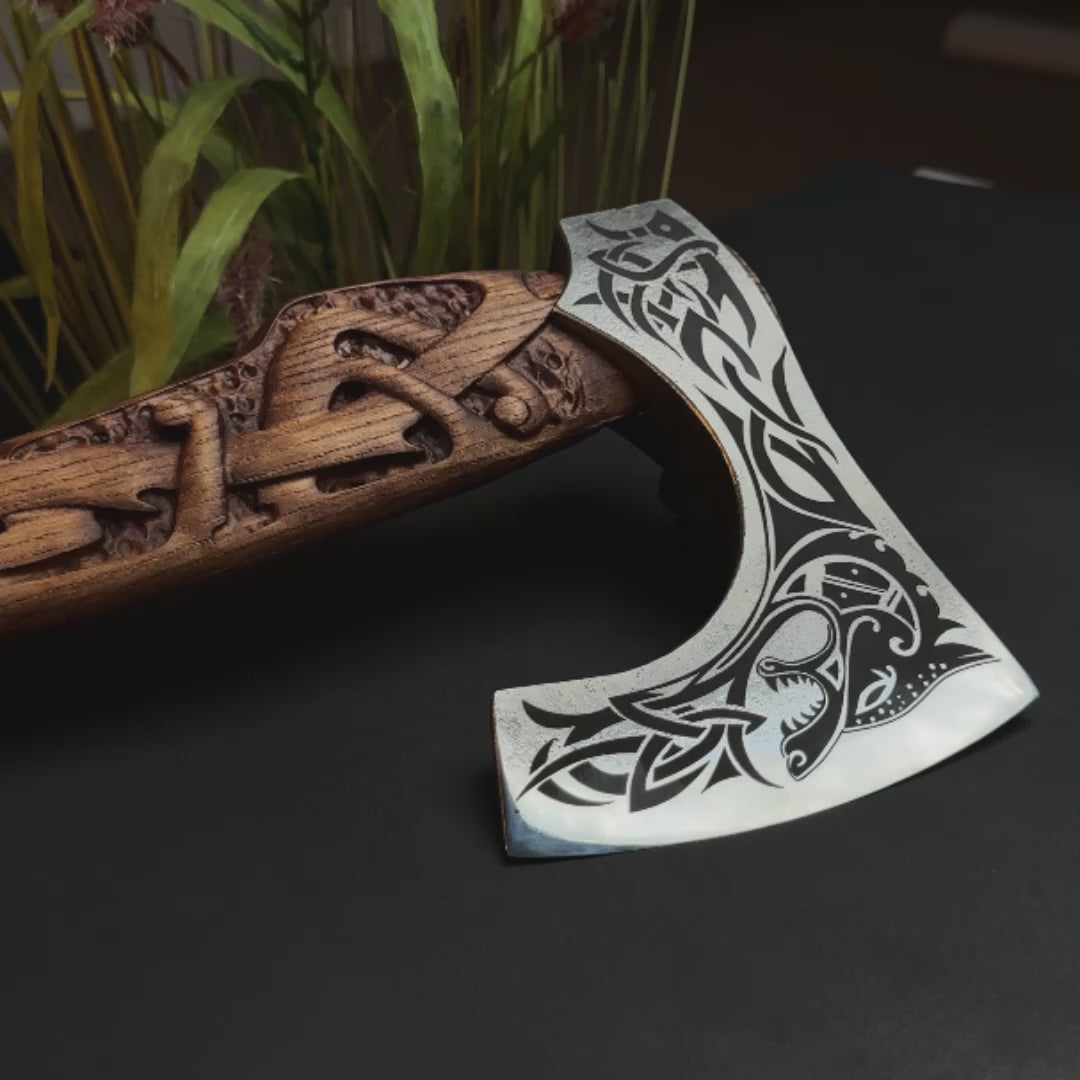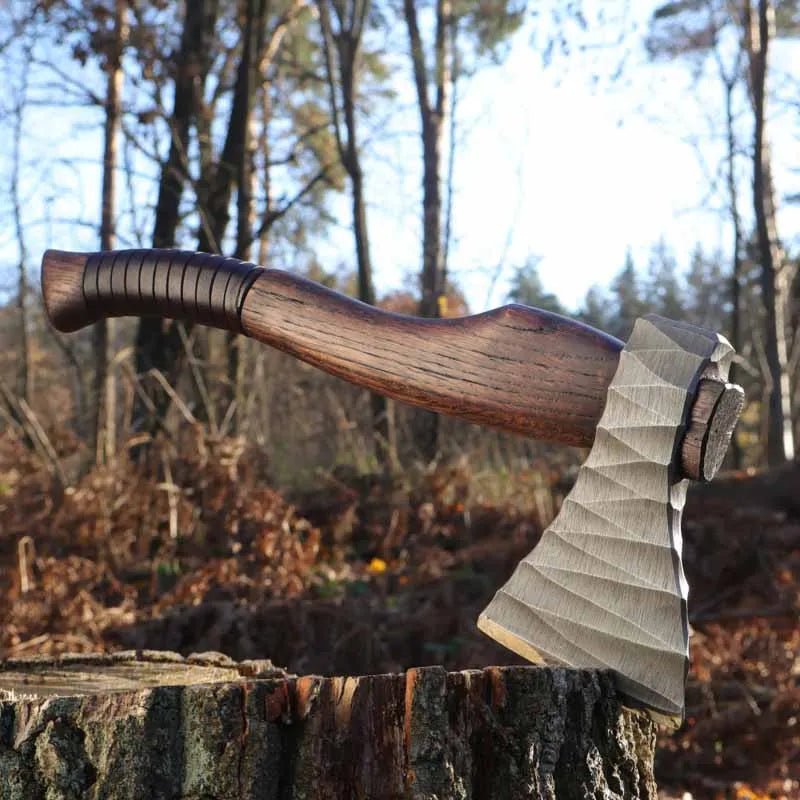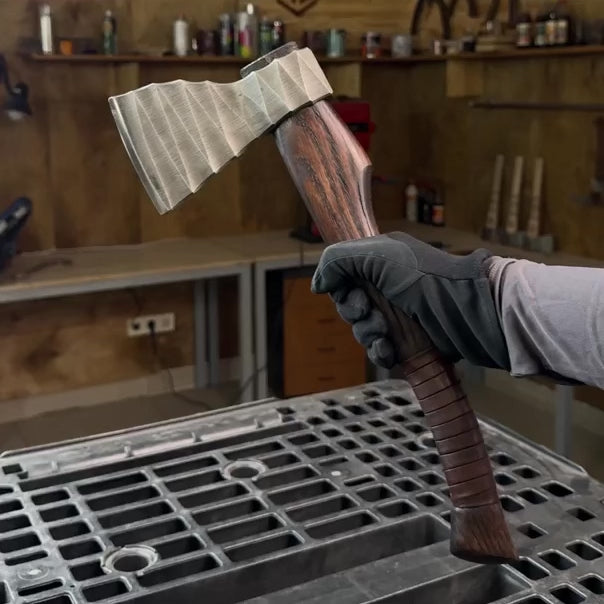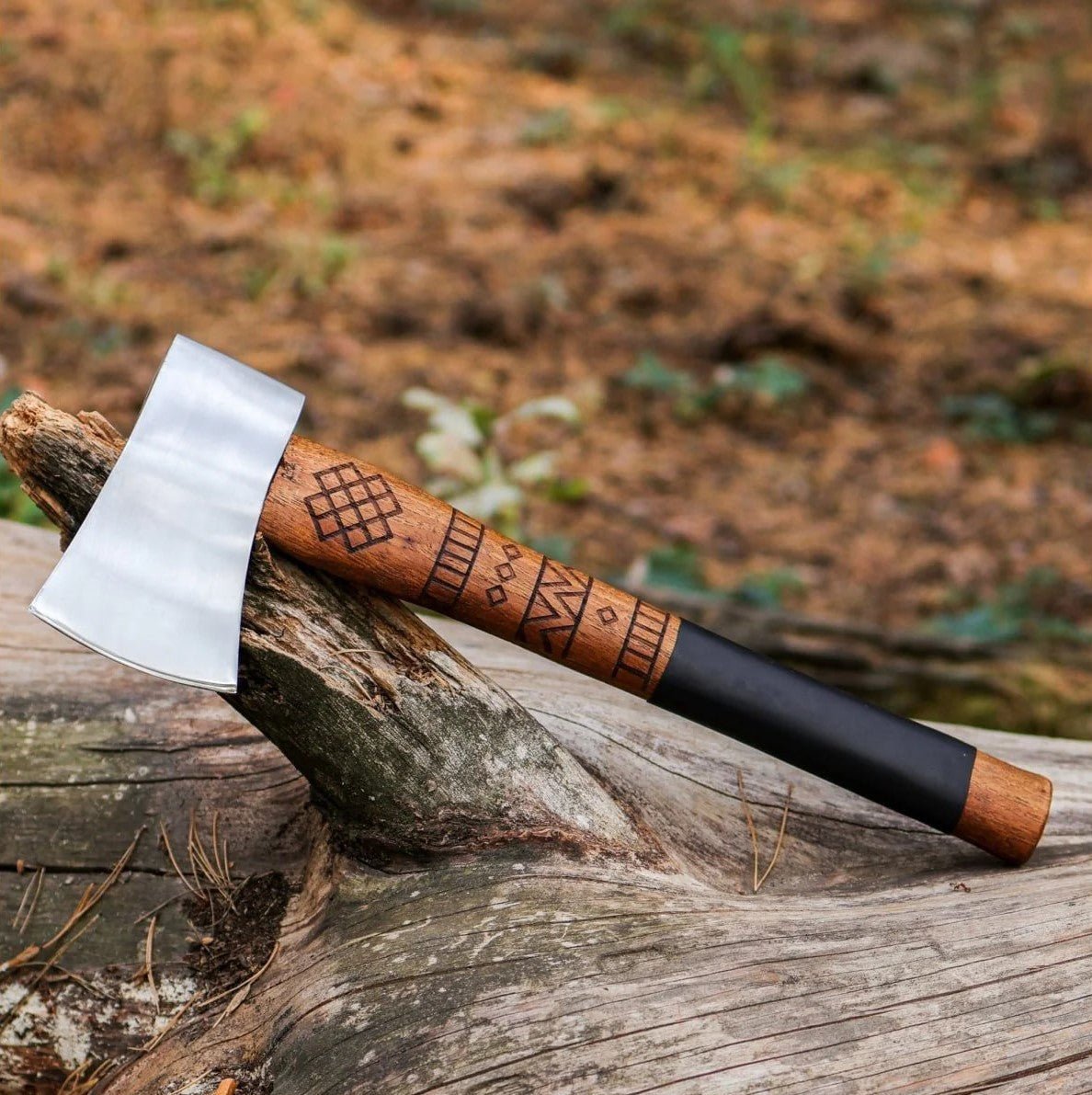
The Hatchet: A Timeless Tool for Survival and Utility
The hatchet is one of the most versatile and practical tools in human history, blending portability, power, and precision into a single-handed chopping instrument. Unlike full-sized axes, hatchets are designed for one-handed use, making them an essential tool for outdoor survival, woodworking, and daily tasks. Whether used by frontiersmen, survivalists, or craftsmen, the hatchet remains a reliable companion for those who demand durability and function in a compact form.
Origins and Meaning: Why “Hatchet” and Not “Axe”?
The word hatchet comes from the Old French term hachette, meaning “small axe.” Unlike axes, which are generally larger and require two hands for effective use, hatchets are smaller, lighter, and designed for precision cutting and chopping. They became a staple tool among early settlers and explorers due to their ease of carrying and effectiveness in building shelters, cutting wood, and processing food.
In North America, hatchets were heavily used by pioneers, trappers, and military forces. Native American tomahawks share many similarities with hatchets, both being lightweight and versatile, making them popular for combat and daily tasks. Over time, the hatchet evolved into an essential survival tool for modern campers, hunters, and outdoor enthusiasts.
Why Hatchets Are Essential
A good hatchet is defined by its size, weight, and balance – light enough to carry, yet heavy enough to make chopping and splitting efficient. The best hatchets are made from high-carbon steel for long-lasting sharpness and durability, paired with hardwood handles like hickory or ash for shock absorption and comfort. Modern variations also use composite materials, offering increased resistance to weather and wear.
Hatchets are particularly useful for:
- Chopping and splitting wood – essential for fire preparation and building shelters.
- Bushcraft and survival tasks – cutting, shaping, and crafting wooden tools or traps.
- Hunting and food processing – breaking down game when in the wild.
- Self-defense and tactical use – lightweight and easy to wield when needed.
- Sport and throwing competitions – a growing hobby worldwide, requiring balance and precision.
With proper maintenance, a high-quality hatchet can last for decades, making it a valuable tool for both survivalists and collectors.
Hatchet Maintenance: Keeping Your Tool Sharp and Durable
To ensure your hatchet lasts a lifetime, regular maintenance is key. Here are a few essential care tips:
- Keep the blade sharp – regularly sharpen your hatchet with a whetstone or file to maintain a strong cutting edge.
- Prevent rust – wipe the blade clean after use and apply a light coat of oil to prevent corrosion.
- Protect the handle – wooden handles should be treated with linseed oil to prevent drying and cracking. Composite handles require minimal care but should still be checked for wear.
- Store properly – keep your hatchet in a dry place, preferably in a sheath or cover, to protect both the blade and the user.
A well-maintained hatchet is not just a tool – it’s an investment that can be passed down through generations.
AncientSmithy’s Handmade Functional Hatchets
At AncientSmithy, we take pride in crafting functional, handmade hatchets built for durability and performance. Whether you're a survivalist, an outdoor enthusiast, or a collector, our hatchets are designed for real-world use – not just display. We use forged high-carbon steel for the blades and premium ash wood for the handles, ensuring balance, sharpness, and longevity.
Our hatchets aren’t just tools; they’re crafted to be used, admired, and relied upon in the toughest conditions. Explore our collection today and find a hatchet that will serve you for a lifetime.





